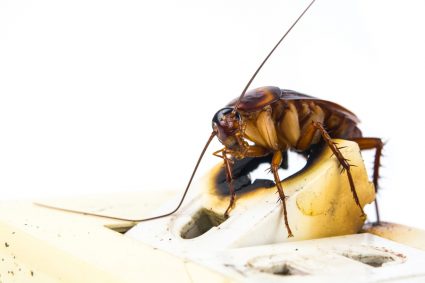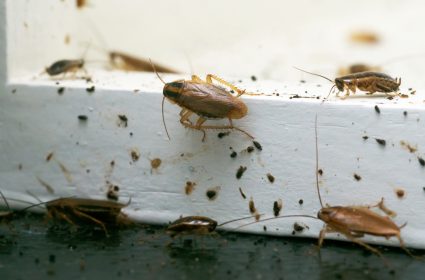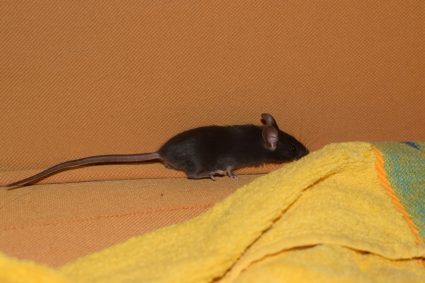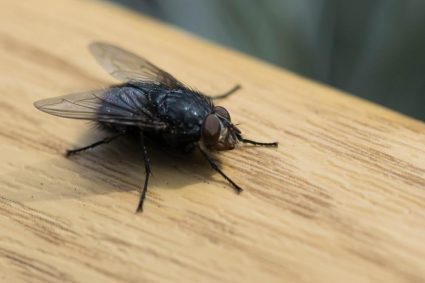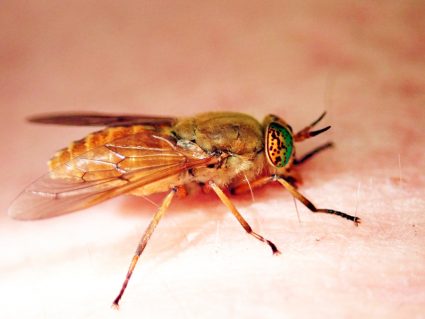
Chicken fleas, also known as sticktight fleas or hen fleas, are small, wingless insects that can cause considerable discomfort and health issues for your poultry. In this comprehensive guide, we’ll explore what chicken fleas look like, their life cycle, the signs of infestation, and effective prevention and treatment methods.
Chicken fleas, or Echidnophaga gallinacea, are small, wingless insects that are dark brown in color and measure approximately 2 millimeters in length. They are visible to the naked eye and are most commonly found on the bare skin of a chicken’s head, comb, wattles, and near the eyes. Unlike other types of fleas, chicken fleas lack genal and pronotal combs, known as ctenidia.
Identifying Chicken Fleas
Chicken fleas, scientifically known as Echidnophaga gallinacea, are dark brown, measuring approximately 2 millimeters in length. This size is roughly half of that of a common cat flea. Unlike cat fleas, these parasites lack genal and pronotal combs, known as ctenidia.
Although they are small, chicken fleas are visible to the naked eye. They are most commonly found on the bare skin of a chicken’s head, comb, wattles, and near the eyes.
The Life Cycle of Chicken Fleas
The life cycle of chicken fleas consists of four stages: egg, larva, pupa, and adult. The cycle takes about 1 to 2 months to complete, depending on environmental factors such as temperature and humidity.
- Egg: Adult female fleas lay their eggs while embedded in the skin of their host. The eggs fall into the litter or soil, where they will eventually hatch.
- Larva: After hatching, the larvae feed on host blood excreted by adult fleas and organic material in the litter or soil.
- Pupa: The larvae then pupate, transforming into the next stage of their life cycle.
- Adult: Adult fleas emerge from the pupal stage and search for a host. Once they find a host, they embed themselves in the skin, where they feed on blood and reproduce.
Signs of Chicken Fleas Infestation
Signs of chicken flea infestation are visible and easy to spot. They include:
- Fleas visibly embedded in the skin, particularly on the head, comb, wattles, and near the eyes.
- Irritation and restlessness due to flea bites.
- Swelling and development of bullous lesions in areas with large clusters of fleas.
- Weight loss in the chicken.
- Decreased egg production.
Health Risks of Chicken Fleas Infestation
Flea infestations in chickens can lead to various health issues such as:
- Pain and irritation from flea bites.
- Swelling and bullous lesions from large clusters of fleas.
- Weight loss due to discomfort and stress caused by parasites.
- Anemia from blood loss in heavy infestations.
- Decreased egg production, which can have economic consequences for poultry farmers.
Prevention and Treatment of Chicken Fleas Infestation
To prevent and treat chicken flea infestations effectively, you can use a combination of natural and chemical methods. These include providing a dust bath for your chickens, using food-grade diatomaceous earth (DE), adding crushed garlic to your chickens’ feed or water, using essential oils, regular coop cleaning, using insecticides, physical removal of fleas, and controlling rodents around your chicken coop.
Conclusion
Chicken fleas are more than just a nuisance; they pose a real threat to the health and productivity of your poultry. By understanding what chicken fleas look like and the signs of infestation, you can take the necessary steps to prevent and treat these pests. Remember, early detection and intervention can save you and your chickens a lot of trouble.
Frequently Asked Questions
What are genal and pronotal combs or ctenidia?
Genal and pronotal combs, also known as ctenidia, are comb-like structures found on the head and neck of some species of fleas. They are used by these fleas to anchor themselves to the host.
How does a dust bath help in preventing chicken flea infestations?
A dust bath is a natural behavior of chickens where they roll and bathe in dust or sand. This action helps them to remove parasites, like fleas, from their skin and feathers. The dust or sand suffocates and desiccates the fleas, effectively killing them.
How does food-grade diatomaceous earth (DE) work against chicken fleas?
Food-grade diatomaceous earth (DE) is a non-toxic powder made up of fossilized remains of tiny, aquatic organisms called diatoms. When fleas come into contact with DE, it absorbs the oils and fats from the insect’s exoskeleton, causing it to dehydrate and die.
Can chicken fleas infest humans or other pets?
While chicken fleas prefer to feed on birds, they can also bite humans and other mammals if their preferred host is not available. However, they cannot infest humans or other pets like cat or dog fleas do.
How often should I clean the chicken coop to prevent flea infestations?
It is recommended to clean the chicken coop at least once a week to prevent flea infestations. Regular cleaning helps to remove flea eggs and larvae from the environment, disrupting their life cycle.



